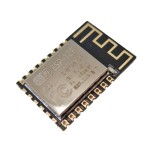- کالاهای جدید
- فروش ویژه
- آردوینو
- ماشین های مونتاژ PCB
- کتاب ها و پکیج های آموزشی
- کیت ها
- گلخانه هوشمند
- مینی پی سی
- سایر بردها
- قطعات الکترونیک
- ماژول های صوتی
- ارتباطات
- دوربین و تصویر برداری
- ربات های پرنده
- محصولات RFID
- سنسور ها و ماژول ها
- لیزر ها
- LED و لامپ
- USB Host
- اسکنر بارکد
- انکودر
- بخار ساز
- تاریخ و ساعت
- تشخیص اثر انگشت
- تشخیص سطح مایع
- تشخیص مانع و خط
- سایر ماژول ها
- سنجش مسافت
- سنسور پی هاش
- شعله و حرارت
- عصب و عضله
- فشار و ارتفاع
- ماژول دوربین
- مولد سیگنال
- نبض و فشار خون
- نیرو و وزن
- هاب
- هواشناسی
- پتانسیومتر
- پرینتر و چاپگر
- کارتخوان مغناطیسی
- کوره القایی
- کی پد و جوی استیک
- حرکت و لرزش
- شتاب و زاویه
- تشخیص گاز
- جریان و ولتاژ
- دما و رطوبت
- کارتخوان اس دی
- سوئیچ و رله ها
- صوت و آوا
- مکان یابی
- ژیروسکوپ
- لمس و فشار
- مبدل ها
- نور و رنگ
- آب و مایعات
- امواج مغزی
- رادیو اکتیو
- جریان آب
- مغناطیس
- گرد و غبار
- اثر هال
- ابزار آلات و تجهیزات
- آهنربا و مغناطیس
- ابزار اندازه گیری
- ابزار لحیم کاری
- اسکرچرها
- باکس و نگهدارنده
- برد بورد-مدار چاپی
- تبدیل ها
- تجهیزات کامپیوتری
- ترازوی دیجیتال
- دستگاه اسید کاری
- شیر برقی
- فن
- قفل های الکترونیکی
- قلم مو
- لوازم بسته بندی
- لوازم چاپ PCB
- محافظ برق شهری
- مولتی متر
- میکروسکوپ
- هاب
- هیتر ها
- پمپ
- چسب ها
- کابل و سیم
- کارت حافظه و مبدل
- پروگرامر و آنالایزر
- اسیلوسکوپ
- سایر
- ابزار
- منبع تغذیه و باتری
- موتور ها و درایور
- هوشمند سازی و امنیت
- نرم افزار ها
- نمایشگر ها و درایور
- قطعات رباتیک
- پروفیل و اتصالات مربوطه
- پرینتر سه بعدی
- محصولات واحد پرینت 3بعدی
- اسکنر سه بعدی
- ماشین های CNC و برش
- پروژه ها
برد توسعه NodeMcu دارای هسته وایفای ESP8266
مدل کالا : Node MCU
جستارش : A2-11-0501A
موجودی: 83
برد توسعه NodeMcu دارای هسته وایفای ESP8266 و مبدل CH340G
ماژول NodeMcu یک برد توسعه یافته نمونه ماژول های قبلی و مبتنی بر چیپ ESP8266 و از جمله جدیدترین نسخه NodeMcu Lua می باشد.این برد دارای مبدل CH340G با قابلیت اتصال به وایفای، برای بردهای آردینو بهینه شده است و کدنویسی مشابه آردینو دارد.
ماژول
ESP8266 یک میکروکنترلر 32بیتی با حافظه فلش حداکثری 32 مگابیت و فرکانس
کاری 80 مگاهرتز می باشد ولی ماژول توسعه یافته یNodeMCU، علاوه بر داشتن
وای فای دارای پین های ورودی و خروجی D0 تا D8 می باشد و به اصطلاح به آن
GPIO گفته می شود.
این ماژول از جمله ماژول های ساده ای می باشد که
دارای کاربردها و قابلیت های زیادی می باشد و در حقیقت یک برد توسعه برای
کاربردهای اینترنت اشیاء محسوب می گردد و برای کنترل وسایل با وای فای
کارآمد می باشد.
از جمله ویژگی های این ماژول می توان به داشتن ADC،
مبدل USB به سریال، قابلیت برنامه ریزی، ارزان قیمت بودن، دارا بودن آنتن
PCB، ارتباط تک سیمه و هم چنین PWM اشاره کرد.
توجه: از تغذیه مستقیم ماژول توسط بوردهای توسعه خودداری نمایید. می توانید برای این کار از ماژول مبدل سطح ولتاژ استفاده کنید.
کاربرد برد توسعه NodeMcu:
- اینترنت اشیاء
- کنترل وسایل با وای فای
مشخصات برد توسعه NodeMcu:
- دارای مبدل USB به TTL
- قابلیت نصب و اجرا
- 10پایه GPIO، و هر پایه می تواند به عنوان PWM، I2C و یک سیمه استفاده گردد.
- دارای ماژول وایفای
- آنتن PCB
- دارای سورس قابل دسترس
- جذاب، قابل برنامه ریزی، ارزان قیمت، ساده، هوشمند


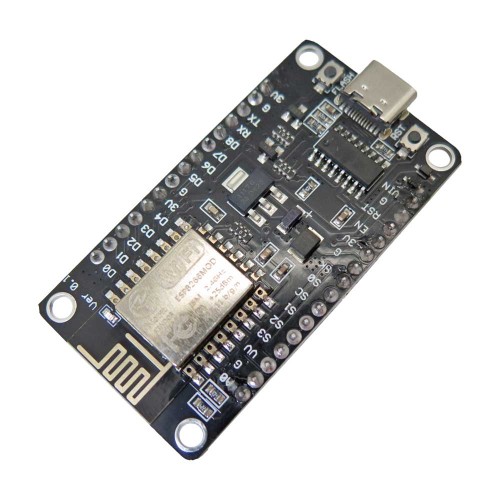
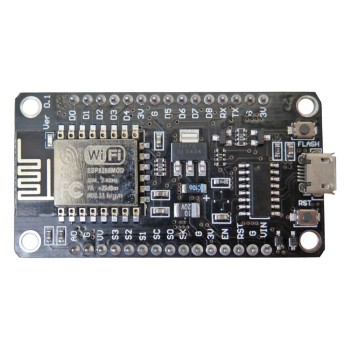
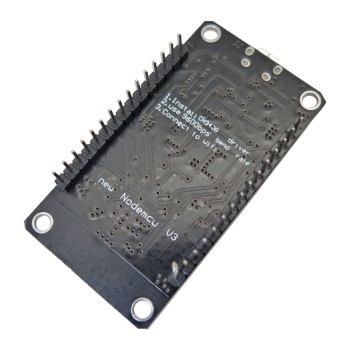

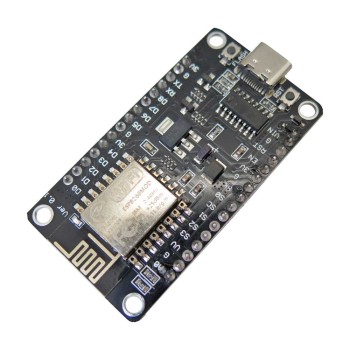

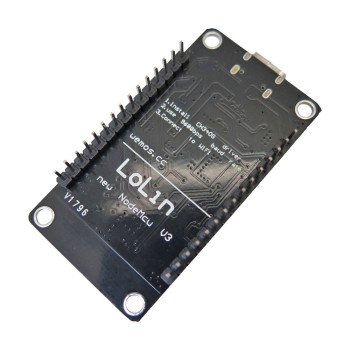
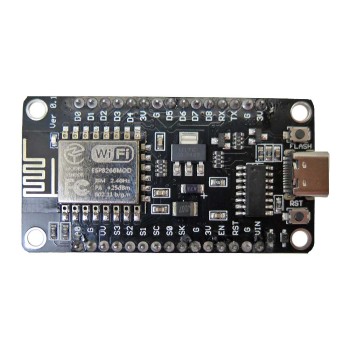
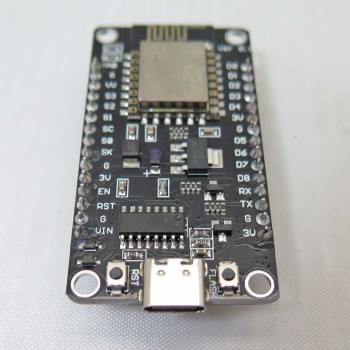


-1-152x152.jpg)
